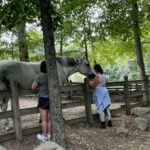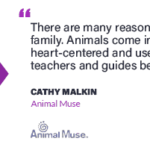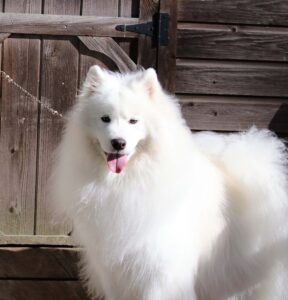A lot can be learned from communicating telepathically with different species.
For over 30 years, I’ve developed and honed my telepathic skills as an Animal Muse so I can easily and instantly translate what animals are thinking and feeling for humans.
In other words, I speak fluent telepathy which helps me to better understand animals and other living beings in the web of life.
Thanks to my telepathic abilities, I’ve discovered a lot about the world around me by communicating telepathically with all species including insects.
A great example of this happened a couple of weeks ago when my dog Bodhi discovered an unusual insect flying around our neighborhood that I had never seen before.
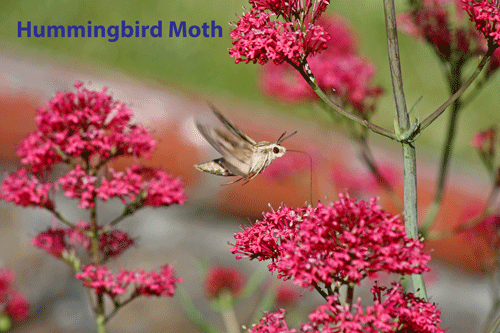 |
| Is it a moth? Or is it a Hummingbird? |
Bodhi first noticed the bug when it flew by his ear to consume nectar from my neighbor’s Salvia plant during our last walk of the evening right after dusk.
It was hard to get a good look at what was buzzing Bodhi given the lack of light. I saw it flying around the Salvia but had a hard time getting a clear look at it. From what I could tell, it appeared to be a moth-like creature but seemed too large to be a moth. To confuse me even further, it flew and acted like a hummingbird. Then, as quickly as this unfamiliar insect appeared, it disappeared into the darkness of night.
While the whole encounter intrigued me, I didn’t give the sighting a second thought until the next evening when Bodhi and I walked past my astilbe bush. I noticed quite a bit of activity going on. Despite the oncoming darkness, I saw three of these unfamiliar insects feeding on the plant.
This time I was able to get a better look as I had three of them to gently focus on. I enjoyed watching them fly and feed on the flowers. The move I focused my attention on them, the more I noticed how much they looked and moved like a hummingbird.
How could that be? I had never heard of a hummingbird feeding at night so I didn’t think it was an actual bird. It had to be a moth. Or was it?
When I want to know something about animals or insects, I ask them telepathically. I find asking the animal in their native language is sometimes the fastest and most reliable way to receive answers to my questions.
So I tuned into these fascinating creatures telepathically and asked them what they were. They playfully replied, “I’m a moth! No, I’m a hummingbird! We’re both!” They went on to repeat these words a couple more times for me.
I then thanked the three “Hummingbird Moths” for talking with me. Given it was now pitch black, Bodhi and I headed home.
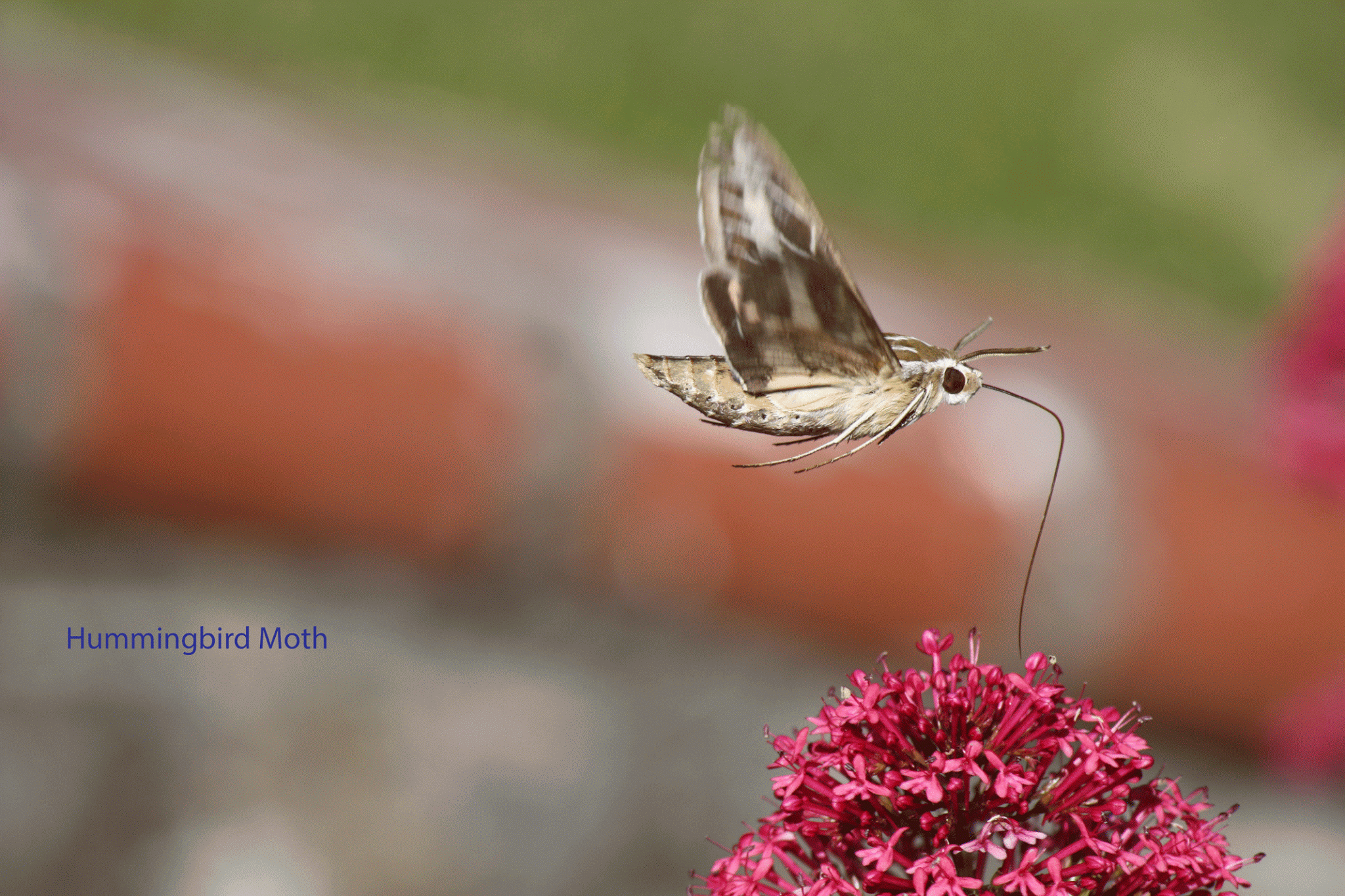 |
| Hummingbird Hawk-Moth feeding on an Astilbe flower. |
As soon as we got inside, I immediately Googled “Hummingbird Moth.” To my surprise and delight, the search turned up the answer which came from the website www.butterfliesandmoths.org. This informative site confirmed what I received telepathically.
It turns out these flying insects were right when they told me that they were a Hummingbird Moth because that’s exactly what they are! They’re also known as Hummingbird Hawk-Moths. These unusual moths originate from Tomato Hornworms which are loathed by gardeners given their potential for destroying crops like tomatoes and tobacco. Yet once these destructive caterpillars morph, they turn into beautiful moths that look and fly like a hummingbird.
Hummingbird Hawkmoths are mostly nocturnal but can sometimes be seen during the day. They visit a large variety of night-blooming flowers which they pollinate while feeding with their long proboscises. According to the website, Butterflies and Moths.org:
The Sphingidae are strong fliers, with a rapid wingbeat. Most are medium to large moths, with heavy bodies; wingspread reaches 5 inches or more in some species. Although a few are active in the daytime, most species in the group are active at dusk. Most, but not all, sphingids feed much like hummingbirds, hovering in front of a flower and sipping nectar through the extended proboscis. The proboscis rolls up like a party noisemaker when not in use, and may not be readily evident in a resting moth. Some species lack scales on large portions of their wings, and therefore have transparent or clear wings. These are commonly referred to as “clearwing hummingbird moths.” (Note however that the scientifically accepted common name of “Hummingbird clearwing” refers specifically to Hemaris thysbe.)
Since the Hummingbird Moth is most active at night, I wasn’t sure if I’d get a picture of this unique moth. A couple of days later, after our morning walk, there was a Hummingbird Moth doing its thing on my astilbe.
For the first time, I got a close look at it. It was remarkable to watch it in action as it pollinated the astilbe. I have to say, it’s quite a striking moth to behold and incredibly beautiful to watch. I also found the hawkmoth fun to communicate with.
The next time you come across an animal or insect that you’re unfamiliar with, I encourage you to start up a telepathic conversation with them. Start with something simple like “Hello” and see what response you receive. If you “hear” a response, great! If don’t, don’t worry. It takes time, practice and patience to rekindle your telepathic abilities. I encourage to you keep trying and not give up on yourself.
It’s also always important to always thank animals, insects and even humans for their willingness to communicate with you telepathically even if you don’t feel you heard their reply. Keep trying because this is how to strengthen your relationship with other species as your develop your telepathic abilities.
Who knows what species is waiting for you to discover and communicate telepathically with. If you do, please leave your experiences here on my blog or on my Facebook page.







